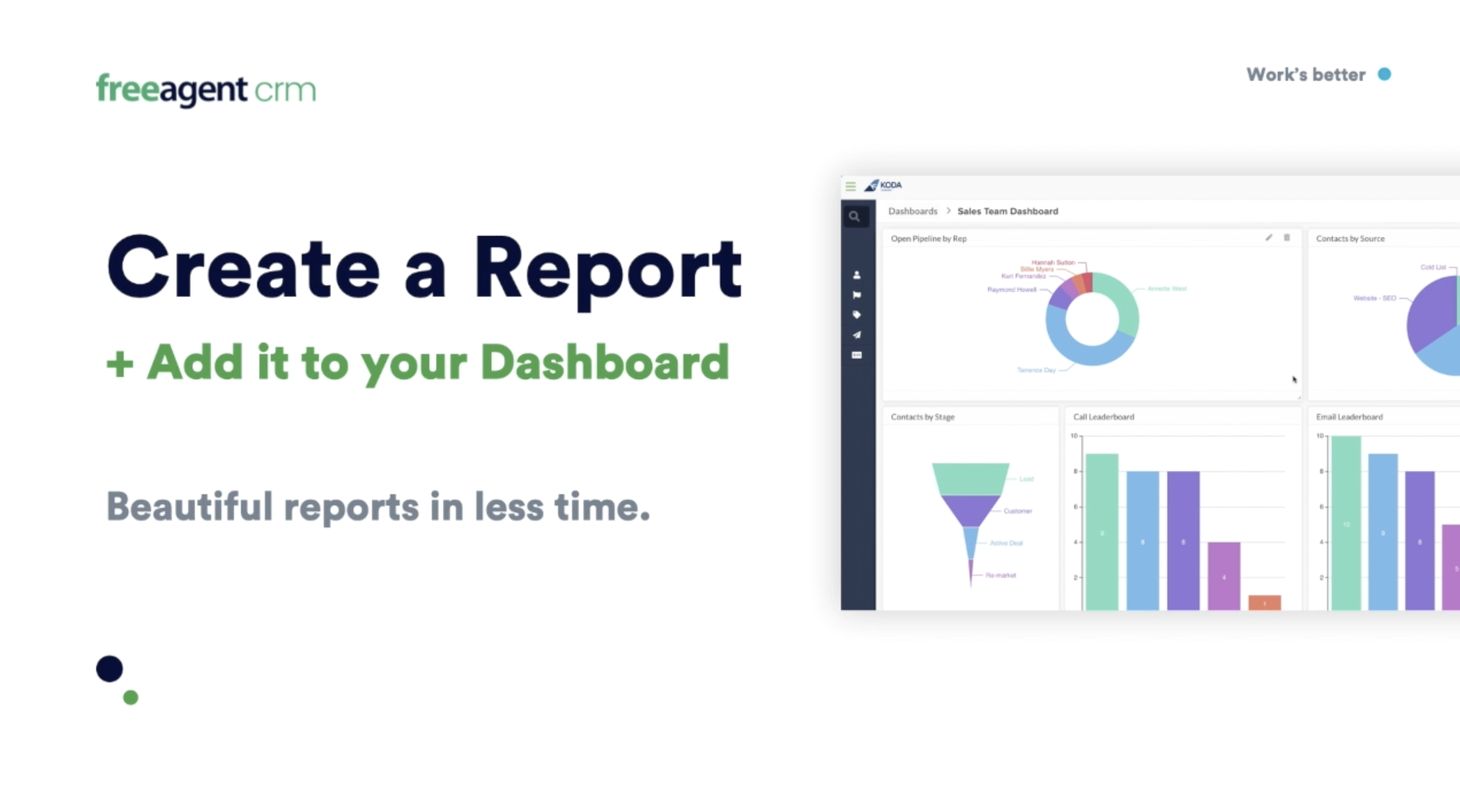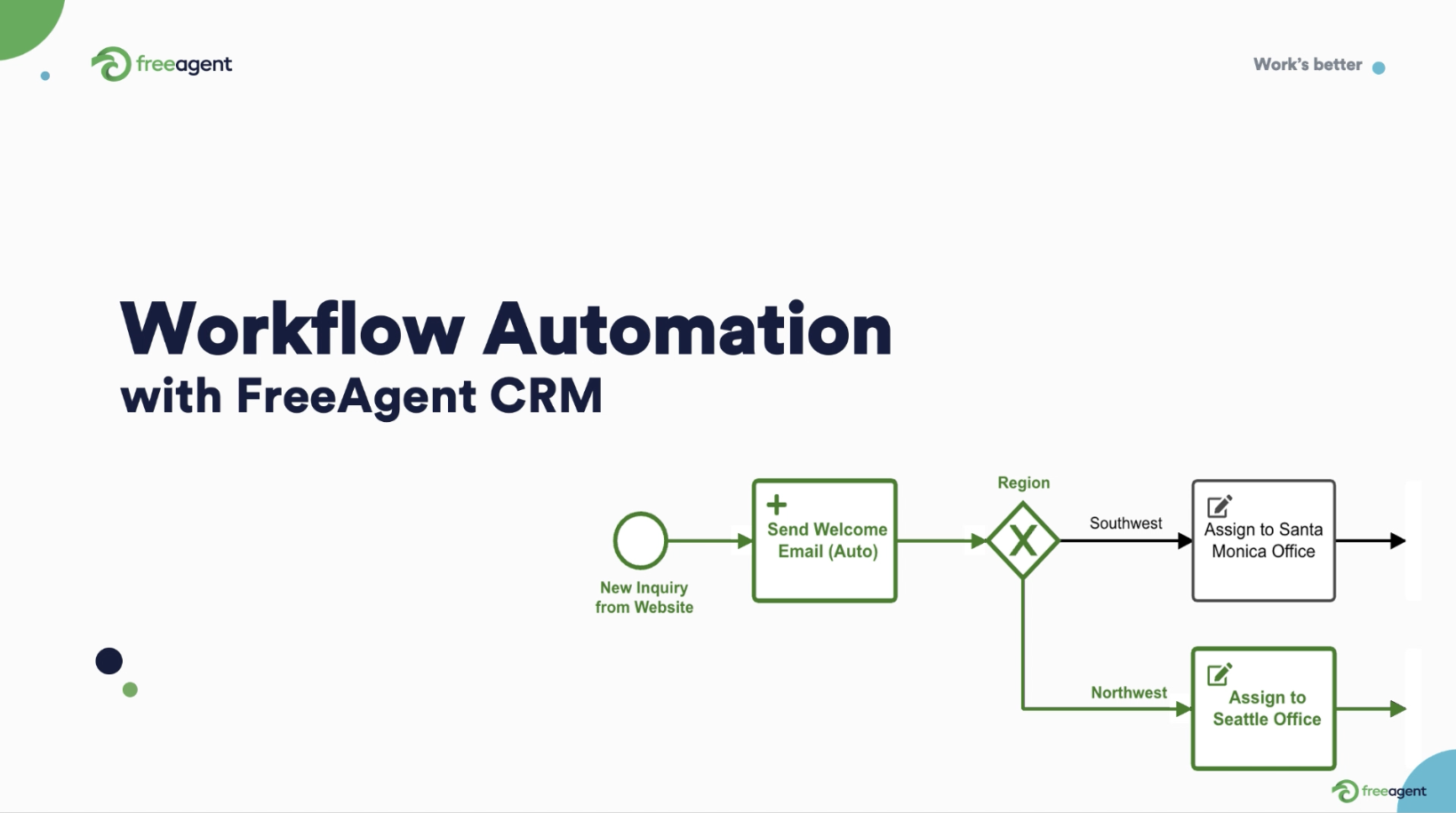Looking to take your sales to the next level of growth this year?
Then you need to start tracking your sales metrics. Establishing and tracking key performance indicators (KPIs) for your sales team is the most effective way to ensure your company meets its goals for the year.
In this article, we’ll provide you with an overview of all the metrics you want to track to make sure your growth keeps going up all year long.
Let’s get started!
What are sales KPIs?
Metrics in sales are numerical data points that measure the performance of your processes in regard to a specific aim. Examples of these goals include cost management, revenue generation, and scalable growth.
Sales KPIs are some of those metrics.
As the name suggests, they are numerical data revealing how you and your sales team perform. KPIs should be specific metrics that you can measure, track easily, and that will significantly impact your business and goals.
They help you align your efforts with your strategy. This allows you to set realistic sales quotas, find areas for improvement, and forecast your future revenue. They help you stay on top of the statistics and trends that shape your industry.
KPIs help you shape your sales and growth strategy, so you need to stay on top of them throughout the year and review them to adjust accordingly.
But which KPIs should you focus on tracking?
10 sales KPIs to track in 2023
Keeping track of several KPIs is, as you can imagine, a time-consuming process, especially when you’re just starting.
But with clear questions and intentions behind why you’re tracking your KPIs, you can pick out a few key numerical points to watch out for that help shape your overall sales strategy.
Let’s get into the top KPIs you, as a business, should focus on this year.
1. Monthly sales growth
Analyzing your sales growth on a monthly basis is a no-brainer.
Knowing how much you sell per month allows you to predict revenue trends, establish a specific budget, and set attainable sales goals.
These attainable goals inspire your workers to perform better and ensure that your team members’ efforts are directly aligned with company goals.
To obtain the numerical amount, you can use the following formula:
(Current month’s total sales – previous month’s total sales) / previous month’s total sales) x 100
2. Monthly sales booking
This KPI calculates the value of a committed, signed, or won sale over a period of a month.
Commonly used in SaaS companies and sales teams, it helps team members keep track of their sales wins and inspires success.
For company leaders, it is useful to develop an understanding of the industry to help shape the sales strategy and predict trends.
Here’s a formula to use:
Monthly sales bookings = Total new bookings sales dollars for the month – (average cost per transaction x total number of bookings)
3. Average purchase value
This measures the average value of each purchase your customers make from you.
Understanding your customer’s purchasing behaviors allows you to develop strategies to further incentivize your existing customers and prospects into buying your product or service.
However, it compares the value of purchases to the average number of units per transaction. Hence, there is a great variation in numbers depending on the type of product or service you sell. It means that selling 10 units for a total of $10,000 makes your average purchase value $1000.
As a KPI, it is especially useful for sales teams working heavily in conjunction with supply chain teams so that customer demand can be understood and met correctly.
4. Sales by contact method
Sales by contact method is a KPI that helps you establish which approaches are most effective when it comes to generating sales — essentially, which sales channels get the best results.
Examples of these might be cold calling, cold emailing, social selling, or in-person sales. Always keep in mind that your SDRs may all excel at different contact methods, so you don’t want to restrict them and yourself from possible sales.
However, keeping track of what works best for you and your product is important, as it will help you determine where you can purchase more helpful products or spend more. For instance, purchasing team subscriptions for LinkedIn Sales Navigator may be useful for anyone in tech, but not as useful for folks selling in more traditional industries.
5. Average sales cycle length
This KPI reflects the average time it takes to close a sale from that initial interaction with the prospect.
Tracking this metric helps you evaluate the effectiveness of your current sales process. Once you have this number, you can start looking for improvement spots to shorten the time it takes.
Of course, you need to consider the complexity of some sales over others. Still, overall it is a good number to have as it also helps your prospecting sales team realize how much time it actually takes to complete from the moment they initiate contact.
This is the formula you want to use:
Average sales cycle length = Total number of days to close all sales / total number of new deals
6. Retention and churn rates
These two rates help paint a picture of your current customer relationship experience.
Retention rate is the percentage of customers who stay or renew with you. It demonstrates your sales team’s ability to upsell and maintain business and revenue. If they rise steadily over time, your product or service is being well-received, and your team can keep your customers loyal.
Churn rate, on the other hand, represents the customers who leave or don’t renew. If this rises, it is an indicator that there may be a problem with your product or service, customer experience, or sales strategy, as perhaps you are over-promising or not delivering what was promised.
A robust customer relationship management (CRM) tool can vastly improve the customer experience. For example, a healthcare CRM can improve operational efficiency and client relationships, and it can help your team find new opportunities.
Remember that it is always more cost-effective to maintain current customers than to find new ones, so this is definitely a KPI to keep in mind.
The formulas you can use here are:
Retention rate = ((Number of customers at the end of the period – number of customers acquired during the period) / starting number of customers) x 100
Churn rate = (Number of customers lost / starting number of customers) x 100
7. Customer lifetime value
This KPI calculates how much a company can expect to earn over the time period of working with a particular customer. In other words, it predicts how much a customer will spend on your company.
Such a number guides companies in creating customer segments to determine who will generate the most revenue. Based on that, it tells companies how much budget can be spent on acquiring new customers that fit this same profile.
The goal is for this number to continue rising, as it indicates customers are spending more and your revenue is growing the longer they stay with you.
The formula for this KPI involves several factors:
Customer lifetime value = Gross margin % x retention rate x average revenue per customer
8. Average conversion time
This is similar to the average sales cycle, but not quite the same. Average conversion time is the average length of time it takes to go from a lead to a sale.
It doesn’t measure from first contact, but from when the prospect becomes an actual lead.
Keeping track of this KPI is useful to see how the current sales strategy and sales funnel are working, or if there are changes to be made in the approach. It also demonstrates how effective each representative is at closing deals.
Here’s the formula you want to use to calculate this KPI:
Average conversion time = Total length of time to convert the lead to sale / total number of new deals
9. New and expansion MRR
MRR refers to monthly recurring revenue. It is the amount of revenue a company can forecast to receive each month.
New MRR is the additional revenue from new customers, while expansion MRR is the additional revenue from existing customers due to upgrades or expanded services.
They are especially important for SaaS companies or businesses focused on subscriptions, as they offer a deep understanding of revenue sources, trends, and forecasting.
To calculate this KPI, use this formula:
Monthly recurring revenue = (Average monthly revenue from total new and expanded accounts / total number of accounts) x total number of accounts that month
10. Customer acquisition cost
As its name suggests, the customer acquisition cost KPI is a reflection of how much it costs a business to acquire a single new customer.
It factors in all sales and marketing expenses, including salaries and overhead, as well as any tools or advertising costs.
It’s important for companies to keep track of this KPI as it helps compare how your growing customer base and the average revenue per customer compare to customer acquisition costs. It helps determine if you need to cut tools or advertising to maintain or increase profitability.
To determine if it’s working, here’s the formula you need:
Customer acquisition cost = Total sales and marketing cost / number of new customers
Conclusion
Keeping track of KPIs is a necessity if you want to understand how your business is doing and you want to keep growing.
Don’t miss opportunities or miss spots where you can cut costs.
Keeping track of the 10 KPIs mentioned above will help you improve your processes, save money, and scale your business even further.






